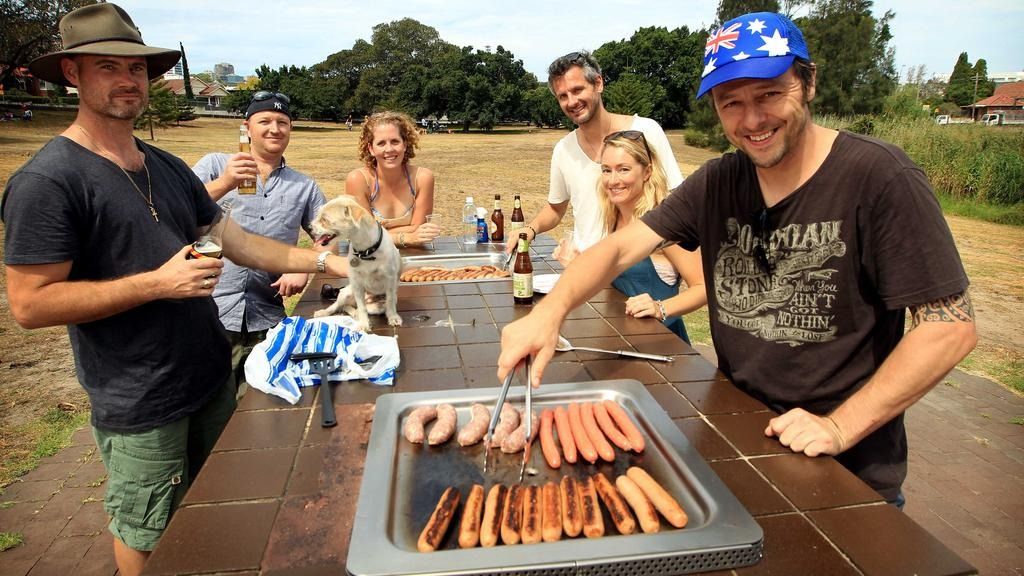Seb Jones Oldham: A Case Study in Nightlife Violence, Accountability & Community Impact

On 15 July 2024 (in the early hours, about 4 a.m.), a night out in Oldham town centre turned violent. Sebastian (“Seb”) Jones was involved in a serious assault on a 41-year-old man, an incident that would lead to his conviction, prison sentence, and scrutiny of how nightlife, policing, and justice intersect in Greater Manchester. gmp.police.uk
In this post, we’ll examine what is known about the case, the circumstances, the legal outcome, and what broader lessons this case raises for individuals, communities, and authorities.
What Happened: The Incident
- After a night out, Sebastian Jones, born 09/02/1988, reportedly left a nightclub in Oldham, then doubled back and proceeded toward the victim. gmp.police.uk
- He punched the victim, causing him to fall to the ground, then continued the assault. gmp.police.uk
- The victim suffered serious head injuries, was found by emergency services, and later admitted to hospital in critical condition. gmp.police.uk
- Jones fled, evading arrest. A warrant was issued, and seven days later he was arrested in Bury, Greater Manchester. gmp.police.uk
Legal Proceedings and Outcome
- The charge was Assault occasioning grievous bodily harm with intent (in UK legal terms often referred to as an S18 assault). gmp.police.uk
- After a three-day trial at Manchester Crown Court (concluding January 2025), Sebastian Jones was found guilty. gmp.police.uk
- He was sentenced to seven years’ imprisonment. gmp.police.uk
Who Is Seb Jones
- As per the public records, Sebastian Jones is from Dickens Street, Oldham. gmp.police.uk
- He is around born in 1988, making him mid-30s at the time of the offence. gmp.police.uk
- There is a Facebook profile “Seb ‘Chop Chop’ Jones” connected to Oldham. It matches the name. Whether this is the same person, or a nickname used locally, is not as clear in public sources. Facebook
Community & Police Response
- The Greater Manchester Police condemned the level of violence. Detective Superintendent Walker was quoted: “The level of violence displayed by Jones was completely unacceptable and cowardly. The victim was defenceless on the ground … Jones carried out a sustained attack … Greater Manchester Police will not tolerate any form of violence.” gmp.police.uk
- The case raised local concerns about safety of people returning home from nightlife, spontaneous violence, and how quickly attackers can evade law enforcement.
Broader Context: Nightlife Violence, Accountability & Deterrence
While this case is striking in its severity, it also highlights some broader social, structural, and legal issues common in urban centres.
- Nightlife and Vulnerability
- Late nights, alcohol (if involved), crowding, reduced visibility, fatigue or lowered inhibitions, all contribute to higher risk of violent incidents.
- Patrons often are less vigilant or less able to escape once an incident starts.
- Bystander Intervention & Public Safety
- In this incident, members of public raised alarm and called the police. This is a critical part of community policing and safety. The intervention (via call) likely helped police respond more quickly. gmp.police.uk
- However, once an assailant flees, locating and apprehending becomes more difficult, as was the case here: evasion for the suspect followed by a manhunt.
- Policing & Legal System Response
- The swift issuance of a warrant, the manhunt, and eventual conviction show that the legal system can function effectively when evidence is clear (CCTV, etc.).
- Sentencing (7 years) sends a strong deterrent signal. But whether sentences deter future incidents depends on perception, certainty of punishment, and speed of justice.
- Mentalities & Social Norms
- In a quote from a YouTube video (connected to the case), it was reported that probation services said Jones viewed violence as “normal.” YouTube
- If people grow up or live in environments where violent or aggressive responses are normalized (or where violent behaviour is unchallenged), then the risk of escalation in confrontations is higher.
- Victim Support & Aftercare
- Victims of such attacks often face long physical and psychological recovery. Head injuries, in particular, can have long-term effects.
- The case notes that the victim was critically injured, went home then later admitted to hospital. The uncertainty about immediate medical help underscores need for rapid emergency response and the importance of public awareness in how to help someone in such condition.
Reflections & Lessons
From the Seb Jones Oldham incident, several lessons emerge for different stakeholders:
For Individuals / Nightlife Attendees
- Be aware: even when you think you’re just leaving a club or pub, unusual behaviour (someone following, doubling back) can signal danger.
- Avoid confrontation: sometimes walking away may be safer, even if you feel wronged.
- Know your rights and what to do: if assaulted, try to document (CCTV, witnesses), seek medical care even if you think you’re OK. Head injuries in particular can be deceptive.
For Club / Venue Operators
- Security: ensuring exits and surroundings are well lit, have CCTV, security staff who monitor potential threats.
- Staff training: de-escalation training, identifying intoxication or aggression, intervening before situations escalate.
- Partnerships with local authorities: working with the police, licensing authorities, local councils to ensure safe premises and safe dispersal of crowds.
For Police & Local Government
- Hotspot policing: identifying areas where assaults occur frequently and increasing patrols or surveillance.
- Rapid response: once an incident occurs, acting quickly not just in arrest but in preserving crime scene evidence (CCTV, witness statements).
- Community outreach: tackling cultural norms that may normalize violence; education in schools, youth programmes.
- Night-time economy planning: working with businesses, licensing, transport to manage risk later at night.
For Legal System and Justice Authorities
- Sentencing that reflects seriousness but also supports rehabilitation. Knowing someone sees violence as “normal” suggests that interventions (such as probation, therapy) are necessary to break cycles.
- Ensuring victims are supported — medically, psychologically, legally.
- Publicising outcomes (without sensationalism) to provide deterrence and reassure communities that violence is taken seriously.
Criticisms & Open Questions
While many aspects of the case appear straightforward, there are open questions and criticisms that people often raise in similar incidents, which also seem relevant here:
- Timing of Sentence vs. Reporting / Trial: The assault was in July 2024; the trial concluded January 2025; sentencing was after that. For victims, waiting months for trial can be difficult.
- Media Coverage and Privacy: The media has given Seb Jones a nickname (“Seb ‘Chop Chop’ Jones” in some local references) and some coverage on YouTube. Use of nicknames, public shaming, might help raise awareness but also risks sensationalism.
- Victim’s Voice: In public sources, relatively less is known about the long-term condition of the victim, their recovery, ongoing impact. More attention on victims’ experience (health, financial, emotional) is often needed.
- Is Deterrence Effective? High sentences are one thing; preventing violence in the first place is another. How many similar cases happen, what measures prevent these? This case shows possibility of justice, but doesn’t necessarily show prevention.
Impact on Oldham and Local Community
The case has likely had several effects locally:
- Awareness: People in Oldham may feel more alert about safety when coming home late from nightlife. It could increase pressure on local venues, licensing, policing.
- Trust in Police / Justice: The arrest, trial, conviction may bolster trust that violent crime is taken seriously. On the other hand, if people feel violent incidents go unpunished most of the time, one case alone might not shift perceptions.
- Social conversations: Discussions about violence among youth or young adults, about evading law enforcement, about alcohol or nightlife culture may have been stimulated.
- Licensing & Night-time Economy Policy: Authorities may evaluate whether more lighting, CCTV, transport options (so people aren’t stranded late), or extra policing may reduce risk.
Conclusion
The Seb Jones Oldham case starkly illustrates how a night out can turn into a life-altering event for both victim and perpetrator. One punch, one moment of choice — but with cascading consequences: critical injuries, legal proceedings, years in prison, community trauma.



















